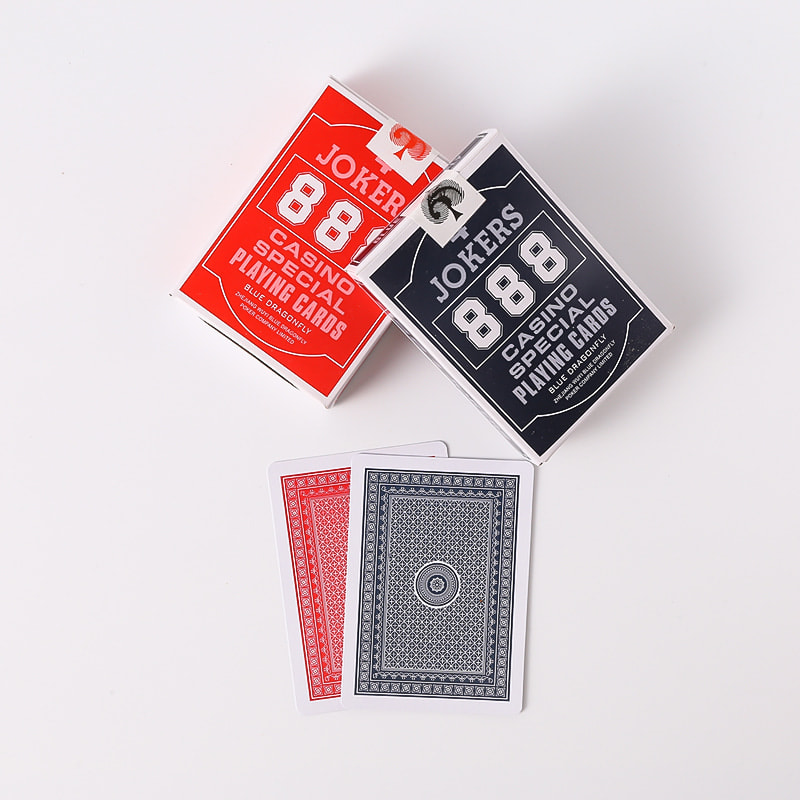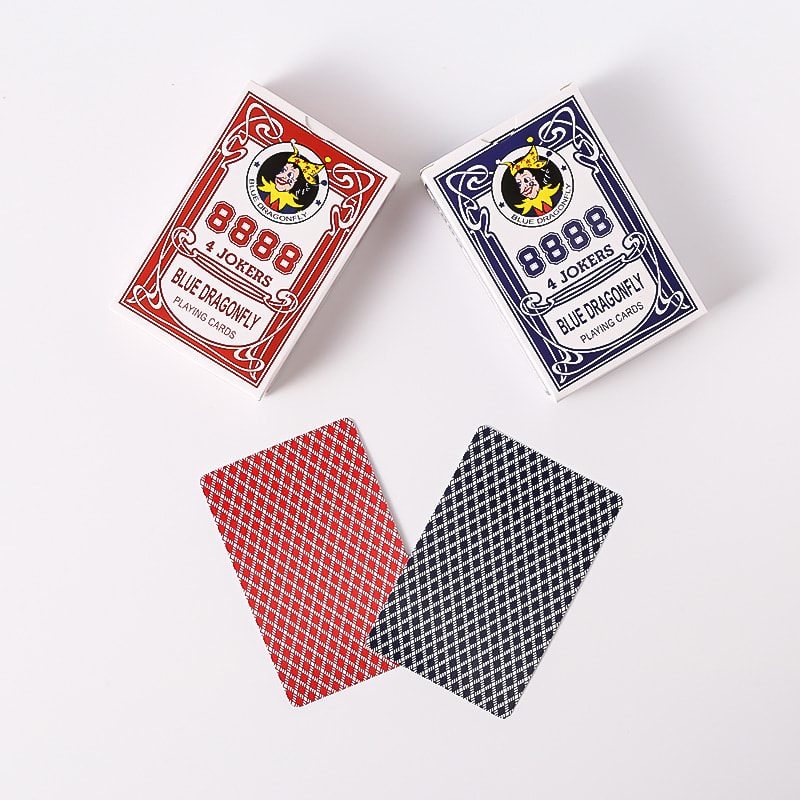Web Menu
Product Search
Exit Menu
Addressing Color Discrepancies in Playing Cards Making Machine Production
High Quality China Playing Cards Making Machine Exporter
Color consistency is a critical aspect of playing cards making machine production, as it directly affects the aesthetic appeal and the gameplay experience. Color discrepancies can cause confusion and dissatisfaction among players, making it essential for manufacturers to address this issue effectively. The playing cards making machine, with its intricate mechanisms and processes, must be carefully managed to ensure that each card produced is free from color variations. This comprehensive approach discusses the various strategies and technologies employed to avoid color discrepancies in playing cards making machine production.
The one step in addressing color discrepancies is to ensure that the raw materials used in the production process are of high quality and consistent in their color properties. The ink and paper used in the playing cards making machine must be sourced from reputable suppliers who guarantee color consistency. Regular quality checks and audits of the raw materials can help maintain the uniformity of the colors throughout the production run.
The playing cards making machine itself must be equipped with advanced color management systems that can detect and correct any color deviations in real time. These systems use sophisticated sensors and software algorithms to monitor the color output and make necessary adjustments to the printing process. By integrating such technology into the playing cards making machine, manufacturers can significantly reduce the occurrence of color discrepancies.
Another crucial factor in avoiding color discrepancies is the calibration and maintenance of the playing cards making machine. Regular maintenance checks and calibrations ensure that the machine's components, such as the printing plates and rollers, are in suitable condition. This not only helps in maintaining color consistency but also extends the life of the machine and improves its overall performance.
The environment in which the playing cards making machine operates can also impact color consistency. Factors such as temperature, humidity, and lighting conditions can affect the drying process of the ink and the absorption of the ink by the paper. By controlling these environmental factors and maintaining a stable production environment, manufacturers can further decrease the risk of color discrepancies.
In addition to the physical aspects of production, the design and prepress stages of playing cards making machine production also play a significant role in ensuring color consistency. High-resolution artwork and accurate color separations are essential for achieving the desired color output. The use of color management software and color-proofing techniques can help in predicting and correcting any potential color issues before they reach the production stage.
Training and expertise of the personnel operating the playing cards making machine are equally important. Skilled operators who are well-versed in the nuances of color management and machine operation can identify and address color discrepancies more effectively. Regular training programs and knowledge-sharing sessions can help in enhancing the skills of the workforce.
Lastly, quality control measures must be in place throughout the playing cards making machine production process. This includes in-process inspections, where samples are taken at various stages of production and checked for color consistency. Any deviations from the desired color specifications can be identified and corrected promptly, preventing the production of substandard cards.
In conclusion, avoiding color discrepancies in playing cards making machine production is a multifaceted challenge that requires a combination of high-quality raw materials, advanced technology, meticulous machine maintenance, controlled production environments, precise design, and prepress processes, a skilled workforce, and stringent quality control measures. By addressing each of these aspects, manufacturers can ensure that the playing cards produced by their machines are of high quality and free from any color inconsistencies that could affect the gaming experience.




 English
English عربى
عربى











